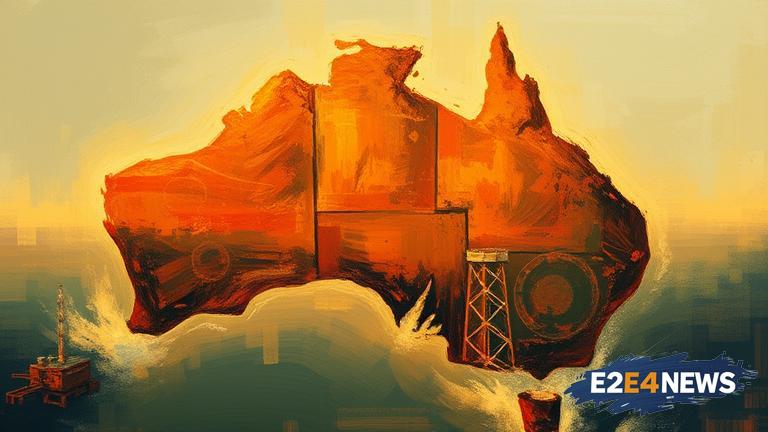Australia’s energy crisis has been a topic of discussion for several years, with the country struggling to find a balance between reducing its reliance on fossil fuels and ensuring a stable and affordable energy supply. The crisis has been exacerbated by a combination of factors, including the closure of several coal-fired power plants, a lack of investment in new energy infrastructure, and a surge in demand for energy. As a result, energy prices have skyrocketed, making it difficult for households and businesses to afford. The crisis has also had a significant impact on the country’s manufacturing sector, with several major companies announcing plans to close or reduce production due to high energy costs. The Australian government has been criticized for its handling of the crisis, with many arguing that it has failed to provide a clear and effective energy policy. Despite this, the government has announced several initiatives aimed at addressing the crisis, including the development of new renewable energy projects and the implementation of energy efficiency measures. However, these initiatives have been met with skepticism by many, who argue that they do not go far enough to address the scale and complexity of the crisis. The energy crisis has also had a significant impact on the environment, with many arguing that the country’s continued reliance on fossil fuels is contributing to climate change. In response, there have been calls for the government to increase its investment in renewable energy and to implement policies aimed at reducing the country’s carbon emissions. The crisis has also sparked a debate about the role of government in the energy sector, with some arguing that it should play a more active role in regulating the market and ensuring a stable energy supply. Others have argued that the government should take a more hands-off approach, allowing the market to dictate the direction of the energy sector. As the crisis continues to unfold, it is clear that finding a solution will require a coordinated effort from government, industry, and the community. This will involve investing in new energy infrastructure, implementing energy efficiency measures, and developing a clear and effective energy policy. It will also require a willingness to make difficult decisions and to take a long-term view, rather than simply focusing on short-term gains. Ultimately, the success of these efforts will depend on the ability of the government and other stakeholders to work together to address the complex and interconnected challenges facing the energy sector. The Australian energy crisis is a complex and multifaceted issue, and there is no easy solution. However, by working together and taking a comprehensive and coordinated approach, it is possible to find a way forward that balances the need for economic stability with the need to protect the environment and ensure a sustainable energy future. The crisis has also highlighted the need for greater investment in energy research and development, as well as the importance of improving energy efficiency and reducing waste. Furthermore, the crisis has sparked a national conversation about the importance of energy security and the need for a clear and effective energy policy. As the country continues to navigate this crisis, it is clear that the decisions made now will have a lasting impact on the future of the energy sector and the country as a whole.
